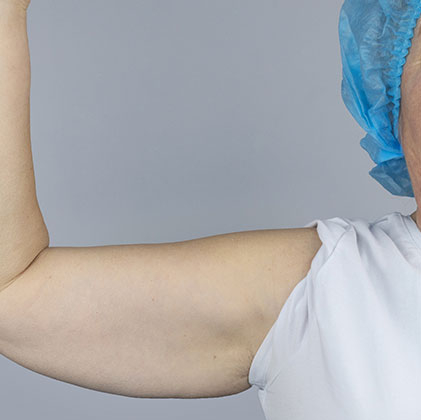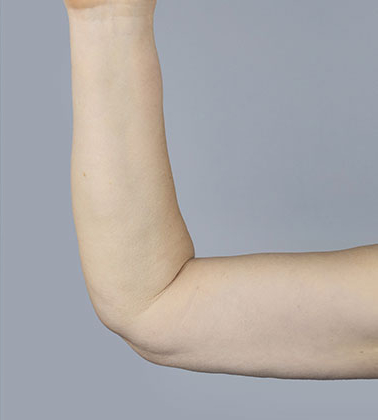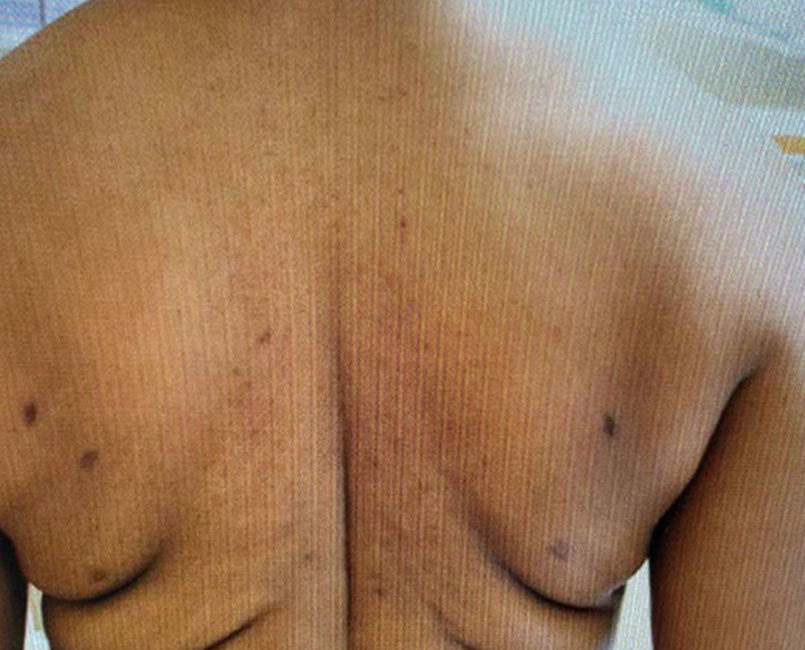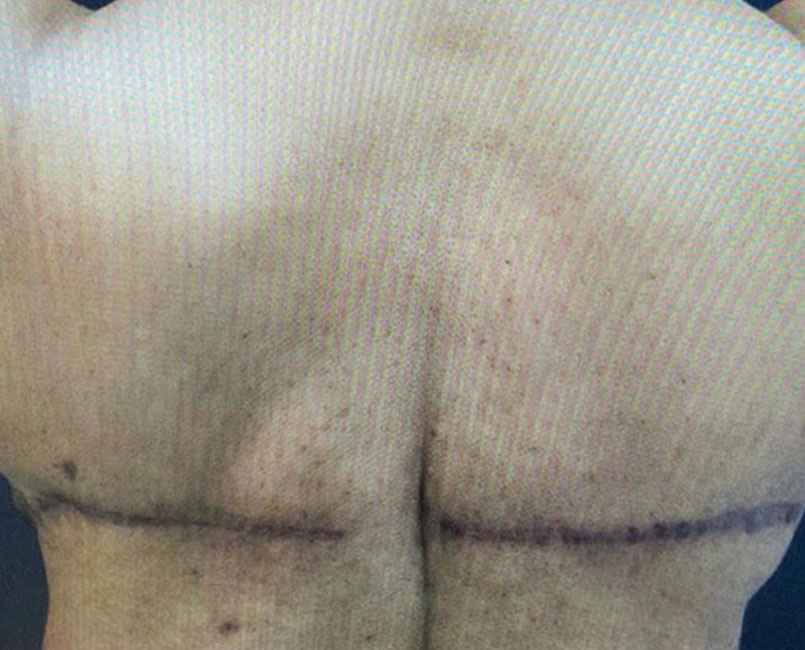Hair transplant has acquired widespread recognition all across the globe. Apart from the people who have lost their hair due to some chronic illness, it also claims to benefit anyone planning on altering their hairlines or thickening their mane.
But, are the effects lasting, or do they contribute to unnecessary tissue changes in the body? The following write-up is a sort of guide that will clear all your doubts. Please check it out right now.
Define
The experts offering cosmetic surgery in Chevy Chase MD said hair transplant involves the elimination of hair follicles from any body part such as legs, chest, or face, and reinsertion of the same on the balding area.
In strip harvesting, the skin strips capable of leading to hair growth are planted on the affected area, and in follicular unit extraction, a cluster of hair along with roots are taken out manually and planted on the affected area.
The former has impressed larger segments of the population because it leaves behind practically no scar, and the patient can recover in two weeks or so. The latter, on the other hand, though gives natural results, is time-consuming.
Steps
• The hair follicles from usually the back of the head are removed and placed on the center or sides.
• The hair of the donor area is trimmed slightly, and then the area is numbed with a topical anesthetic gel.
• The healthy tissues are identified and cautiously plucked, and the area is stitched. The stitches remain hidden because remaining hair is combed over them. After ten days, you have to visit the surgeon and get them off.
• The tissues are dissected, and several grafts are prepared as per the requirements discussed during the consultation.
• Local anesthesia is administered, and the grafts are placed through tiny slits in the recipient area. The smallest graft lies in the front, and the densest ones lie behind.
• The slits remain visible for a couple of days after which they heal and disappear. Redness and pain also subside on their own.
Recuperation
Although considered non-invasive, you must be aware of the risks associated with a hair transplant. Seek assistance if you experience an allergic reaction, nerve damage, or infection. Now, most patients can shampoo their hair after two days though they are asked to protect the scalp from the sun for a while. They also have to consume antibiotics.
Facts
• The experts performing hair transplant in Chevy Chase said the new hair sheds after four weeks of the procedure. The roots then start sprouting hair again and do for almost a lifetime.
• Hair transplant bears no resemblance with hair restoration where a selected base is fixed on the scalp.
• You may not have luscious or voluminous hair. The result differs from one person to another and depends on the quality of the scalp.
• The cost of hair transplantation is determined through the number of grafts used. The more the grafts, the higher is the cost.
Now that you know more or less everything about hair transplant, please undertake it without any hesitation. Please schedule an appointment with a board-certified practitioner, who maintains hygiene standards, and assures an optimal outcome under all circumstances.




